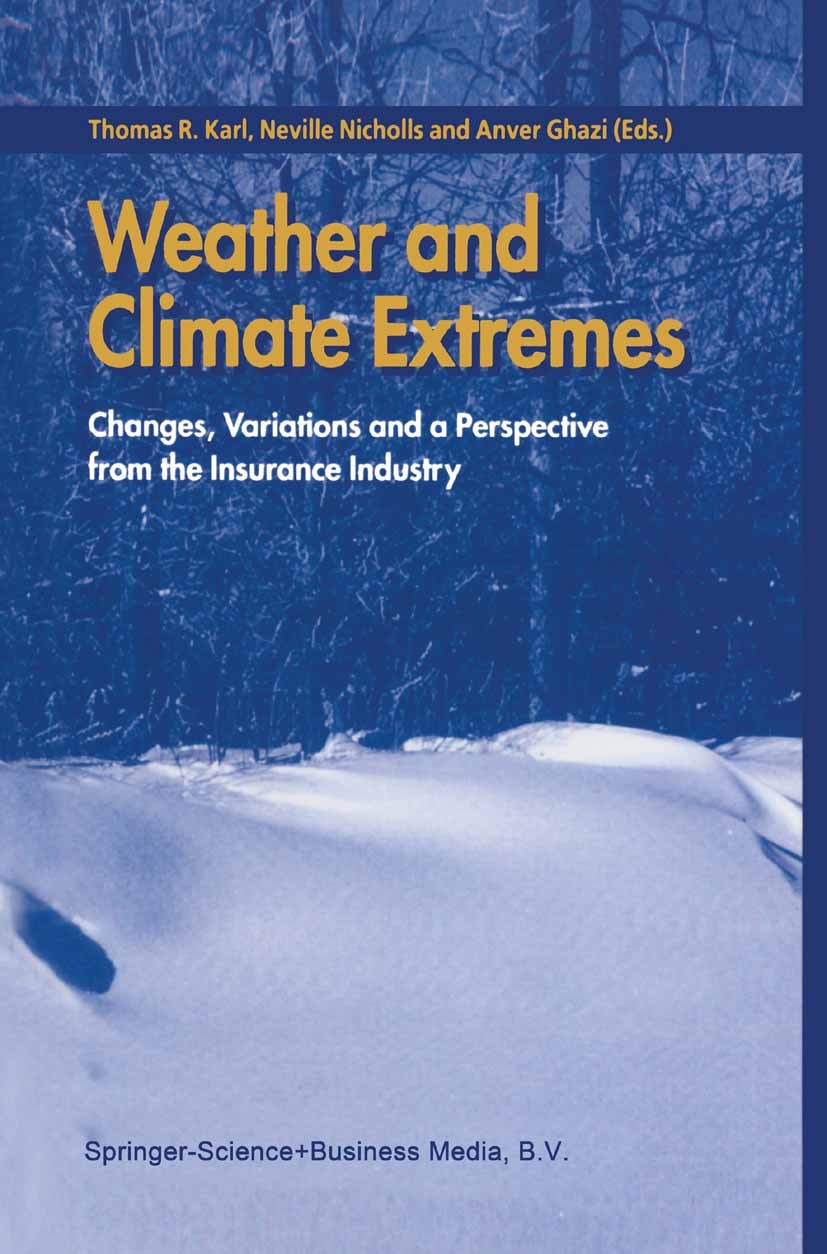The role of soil moisture-temperature coupling for the 2018 Northern European heatwave in a subseasonal forecast
Abstract
This study investigates the predictability of the 2018 Northern Europe heatwave using the GloSea5 forecast model from the perspective of land-atmosphere interactions. We focus on an inverse relationship wherein soil drying leads to increased temperatures and the model's ability to simulate this hypersensitivity in the soil moisture-temperature coupling on the dry side of a breakpoint defined as the soil moisture threshold below which land feedbacks nonlinearly amplify extreme heat. When evaluating forecast model performance in predicting this heatwave, we compare deterministic forecast scores (Hit Rate (HR) and True Skill Score (TSS)) for whether model Surface Soil Moisture (SSM) falls within the hypersensitive regime. GloSea5 exhibits enhanced prediction skill for the extreme heat event when the modelled soil moisture is within the hypersensitive regime. To understand the skill of the heatwave forecast for hit and missed cases of capturing SSM below the breakpoint, we first evaluate the climatological model performance for the water- and energy-limited processes, and then perform a comparison classified by whether SSM verifies on the dry side of the wilting point. The composite analysis demonstrates that the reproducibility of the breakpoint is tied to an improvement in climatological land coupling processes, mainly for classification in the water-limited coupling regime. Therefore, the results suggest that the process-based connection between soil moisture and temperature is a potential source for improving heatwave forecasts on subseasonal to seasonal (S2S) time scales.

 求助内容:
求助内容: 应助结果提醒方式:
应助结果提醒方式:


